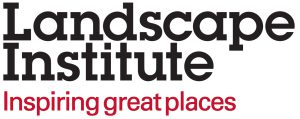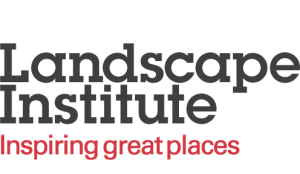The LI website will reveal the extent of the landscape profession’s involvement in helping deliver objectives that are important to you. Our members are also keen to stay relevant and cutting-edge and we work centrally to support this. So please discard any preconceptions!
How many quotes do you really need?
Cost-effective procurement is clearly important to make the best use of your resources and for our members who want to avoid costly and futile submissions. While our members understand that not every opportunity will be won, every project that is won inevitably has to cover the unrecoverable costs of previous unsuccessful tenders. Best procurement practice is therefore in everyone’s long-term interests. A simple key factor is only inviting to tender the minimum number of suppliers required to achieve a reasonable spread of responses in terms of quality and cost.
Some pitfalls to avoid
Even within well-ordered procurement systems, there are risks that the best or most cost-effective solutions will not be found. For example, tenderers may be deterred by:
- Weakly-worded briefs which cannot be suitably clarified during the tender process because of the lack of client-side capability;
- Unnecessary conditions (such as disproportionately high levels of PI insurance cover); and
- Inappropriate level of expectations regarding the scope or quality, given the available budget and/or programme.
As a consequence, in the worst case, the procurement process may result in the wrong solution being procured or the need for the process to be repeated, which can be very costly. Even if you receive some tenders, the pool of potential skills and experience may have been significantly reduced, and innovation may have been compromised. Or you may end up in a contract where unforeseen costs later emerge.
Top ten tips for good procurement
The Landscape Institute has much experience from both a client and contractor perspective and has developed some tips for good procurement.
- Develop the project with stakeholders so there is clarity and vision about what is required;
- Ensure the brief outlines the scope of the work, the outputs, constraints, timescales and standards, and is prepared by someone with a good understanding of the work required and a capacity to manage expectations in relation to the budget;
- Ensure the costs associated with a lengthy procurement process do not outweigh the benefits. For instance, requirements for lengthy submissions should be limited to more complex projects. Indeed the ability to be concise may be a skill worth testing;
- Set out the process and clear and measurable criteria on which the bid will be judged that are fair and transparent and so that consultants can make an informed decision whether to submit a tender;
- Consider disclosing fee and, where relevant, construction budgets at tender stage. In particular there should be a clear understanding of the link between scope of work, programme and fees where a lump sum fee is requested;
- Request information relevant only to the economic operator’s ability to do the job; examples of previous work requested should be similar to those which apply to the work being tendered;
- Opportunities to engage more openly with tenderers throughout the tender process should be provided to better understand their strengths and weaknesses;
- Evaluate the risk and relate insurance, liability and warranties to the nature and value of the services so as not to preclude small practices;
- Be ready to provide responses to questions and clarifications during the tender period and share these with all tenderers at an agreed point during the tender stage; and
- Give feedback to both successful and unsuccessful tenderers, following appointment, against the quality and price criteria.
By working more closely together, your procurement teams and landscape professionals can improve both the efficiency of the procurement process and the benefits delivered by individual projects. Clearly there is an initial cost and effort in involving client-side advisers. However, a judicious sourcing of client-side professional advice will deliver better outcomes for you and should more than compensate for any reduction in the budget available for the project.
The importance of the CMLI (or FLI) brand.
The title Chartered Landscape Architect is the name given to landscape professionals who have met exacting academic and professional requirements set out by the Landscape Institute. No-one can call themselves Chartered unless they have met these and so it can be taken as a mark of quality. We recommend that you include corporate membership of the Landscape Institute as a requirement of anyone that you seek to employ.
Further benefits to clients in appointing a Chartered Landscape Architect to advise on procuring projects are clearly set out in the Landscape Institute’s ‘Landscape Architecture: A Guide for Clients’.



